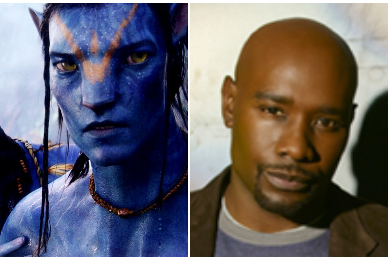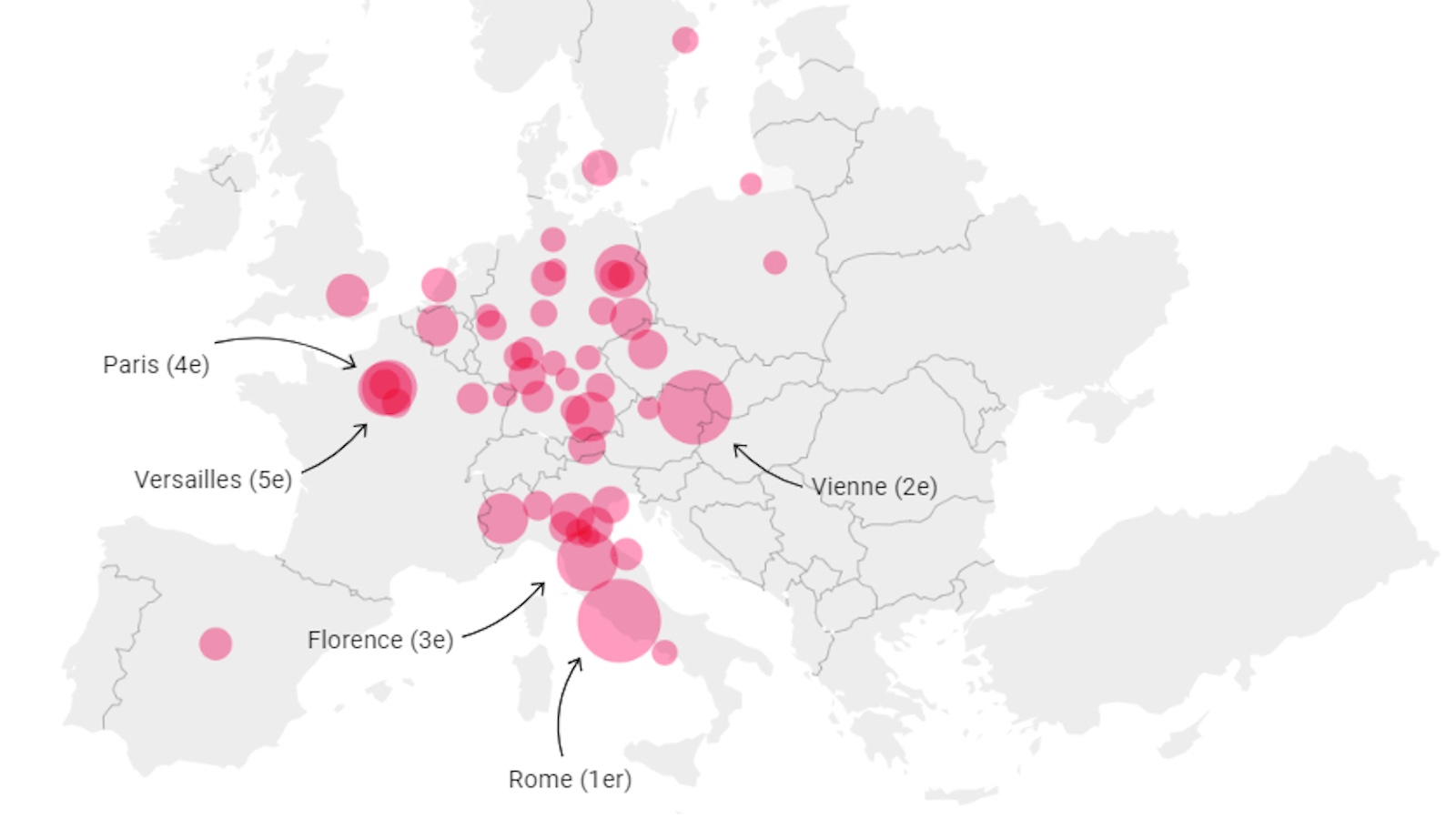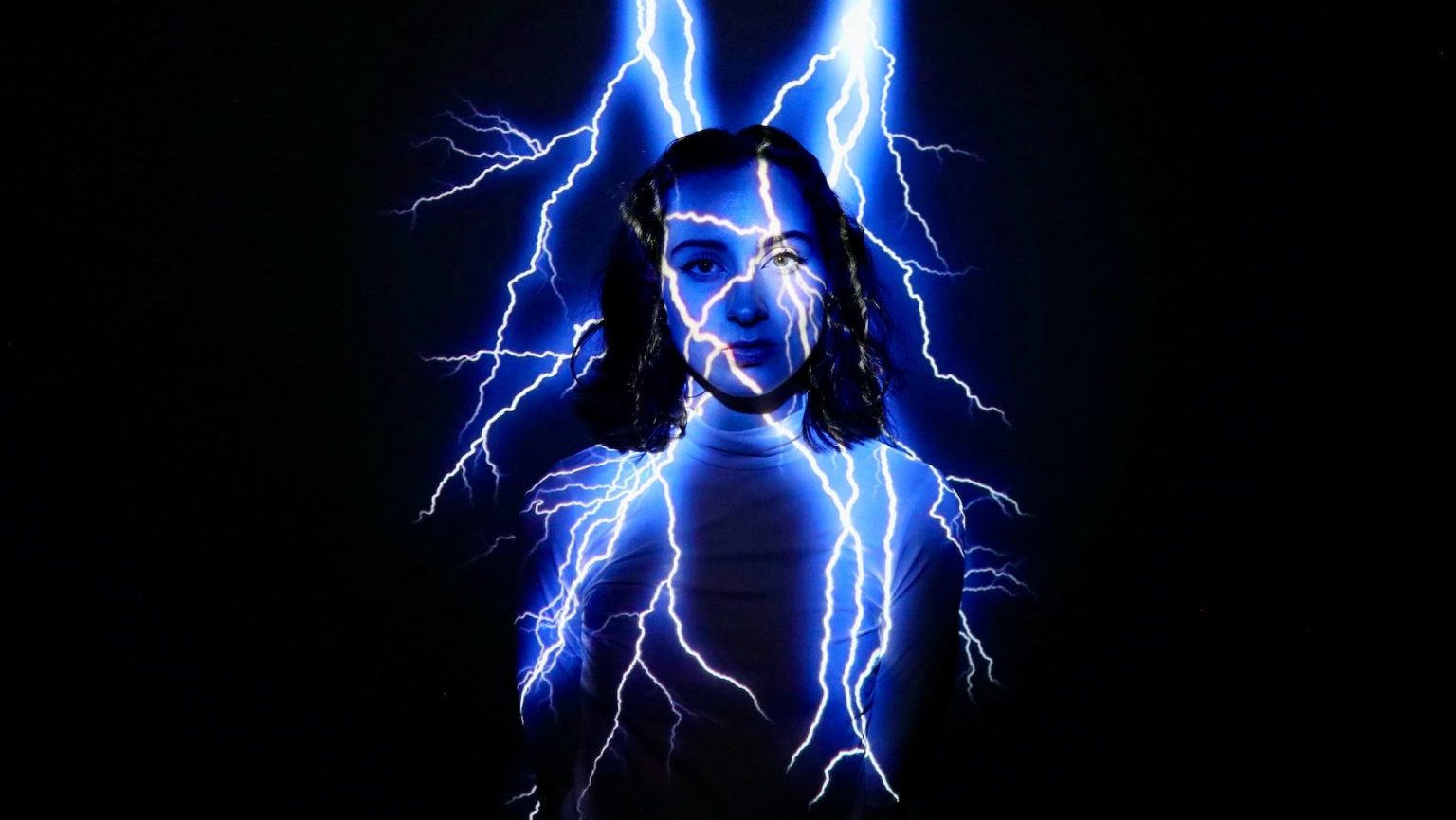Why People Love Paranoia-tainment

The other night I was watching ABC’s remake of “V” and wondering: What if the space-boot was on the other foot? What if we human beings were the “advanced” species, infiltrating a “primitive” people to advance our plan for their world? Maybe we’d even have high-tech disguises to make “us” look like “them.” But, um, if the trick was too good, some of our agents might end up changing sides, and working with the native resistance …
Yes, I had just reinvented Avatar. When it comes to premise, that movie and “V” are mirror images. We’re consuming a lot of other entertainments, too, in which the enemy could be anyone, everyone’s in disguise, and someone changes sides before the last commercial break. Compare this mood to the original “V”—a parable of fascism in which good guys and bad guys were clearly marked—and the contrast is striking. Why all the paranoia porn?
Technology is part of the explanation: CGI gives artists new power to play with an audience’s sense of reality, and they’re exploring and exploiting it. The same thing happened in 17th century England. Once theater was professionalized under Queen Elizabeth I, for instance, playwrights could count on trapdoors that allowed ghosts to pop up out of nowhere, ropes to let fairies fly, and money for costumes that turned boys into women, women into men, statues into people. Not mention plenty of sheeps’ blood and lamb tongues for realistic bear attacks, hand-severings, tongue-rippings and other entertaining mayhem.
If you’re eager to play with appearance and reality, what could be better than an audience already prone to worry that appearances deceive? Shakespeare and his contemporaries wrote plays full of deceit, disguise and sudden side-switching in a time when English people couldn’t be certain who among them was a proper Protestant and who a secret Catholic. (Shakespeare himself might have been one of these double-dealers.) Then too, the audience had internal reasons to mistrust appearances: In a time of rapid political and economic change, when aristocrats might be poor and glove-makers rich, you couldn’t be certain who was who on the social ladder. Special effects and insecurity led to decades of plays featuring illusion, mistrust and magical transformation.
Two centuries later, the new technologies of printing and illustrating gave prose writers their turn to play with readers’ sense of reality, in another era of fear and social change. It was the time of novels like Conrad’s The Secret Agent and Chesterton’s The Man Who Was Thursday, and the dawn of science fiction. Whenever an audience fears that its enemies are disguised, its leaders as fake as John Edwards and its bankers as crooked as Bernie Madoff, it’s primed to respond to the technology of illusion.
So that pregnant lady in V who mistakenly thinks Morris Chestnut is a mammal? She’s the great-great-granddaughter of John Webster’s 17th-century Duchess of Malfi, caressing her husband’s hand in the dark, unaware that it’s no longer attached to the man (must’ve been an impressive piece of waxwork, truly off ye hooke). And Jonathan Harker, who takes such an awfully long time to realize that the charming Count Dracula is not all he seems, is a cousin of that blue princess in Avatar who regrets helping a stranger become “one of the people.”
All of this has happened before, and all of this will happen again. Technological leaps plus rapid social change plus talk of hidden enemies is a recipe for entertainment based on mistrust. Expect a few more years of frenemy stories before FX ceases to impress, and people stop feeling so insecure. At which point, the pendulum will swing back to black-hats-versus-white-hats.





